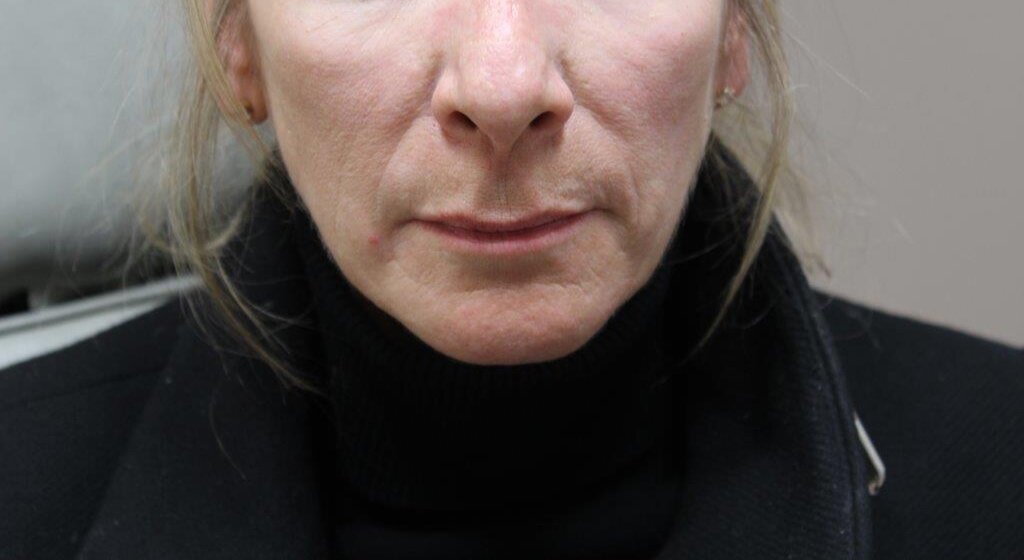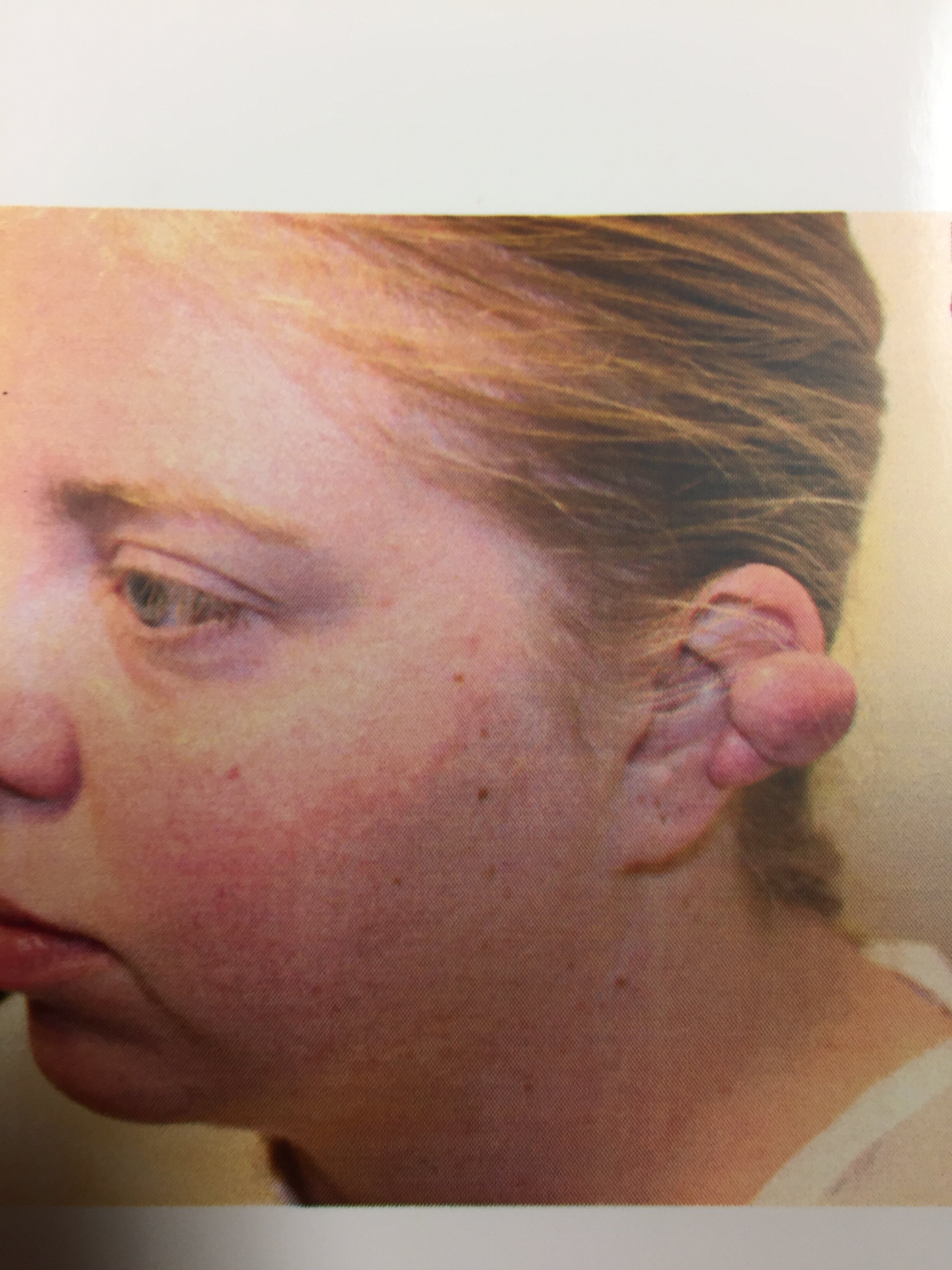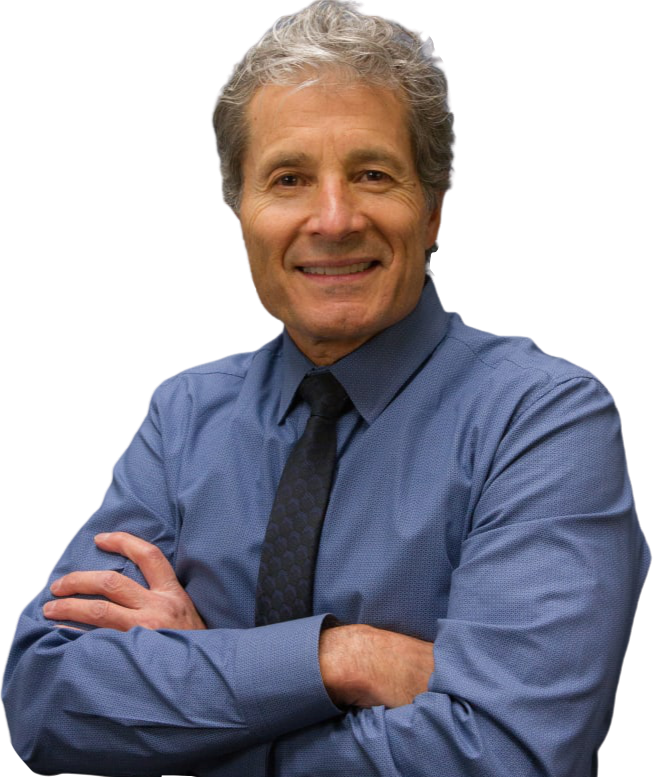
Surgical Skin Resurfacing
*DISCLAIMER: THIS SITE CONTAINS GRAPHIC & SURGICAL IMAGES THAT MAY BE DISTURBING TO SOME VIEWERS.
THIS SITE IS INTENDED FOR INDIVIDUALS OVER THE AGE OF 18.
**None of the images on this site have been enhanced or photoshopped.
*Tap a patient image to enlarge & view the full series of pre and post-operative images.
Dermabrasion
Before the Surgery:
+ Dermabrasion:
Facial Dermabrasion is a consideration in patients who have developed numerous areas of facial scarring from bad acne.
Another application of this technique is in the treatment of heavy wrinkling around the mouth, over both the upper and lower lips and cheeks.
+ What Skin Resurfacing Options are available?
There are surgical skin resurfacing options for treating skin aging, and post acne facial scarring:
Surgical options include:
- Dermabrasion
- Chemical peels
- Laser resurfacing
+ What is Dermabrasion?
Facial Dermabrasion is a consideration in patients who have developed numerous areas of facial scarring from bad acne.
Another application of this technique is in the treatment of heavy wrinkling around the mouth, over both the upper and lower lips and cheeks.
Dermabrasion of the upper and lower lips is often done at the same time a Facelift is being done. Please See FAQ Facelift
This procedure can be done under Local anaesthesia (freezing) if the treatment area is fairly limited, or under General Anaesthesia, if a full face is being treated for post acne scarring.
The irregular topography (surface) of the skin produced by the facial scarring cast’s irregular shadows from overhead light, which exaggerates the irregular skin appearance.
Heavy wrinkling around the mouth causes a “Lipstick Bleed”. This form of skin ageing cannot be improved with a Facelift and must be treated with one of the skin resurfacing techniques.
A special medical tool called a dermabrader smooths the skin surface (somewhat similar to sanding down a rough piece of wood to make it smoother).
The depth of the dermabrasion is carefully controlled in order to avoid violating the deeper layers of the skin dermis which could produce scarring. The dermabrasion depth reaches the superficial layer of the skin dermis where fine bleeding is produced (similar to an abrasion you get if you fall on your knees on an asphalt road).
This removes all but the very deep acne scars and wrinkles.
Often a dermabrasion may have to be repeated once, and sometimes twice, to get the desired effect. The interval between treatments is one year.
After the dermabrasion surgery is completed, a special dressing and moisturizers are applied until the dermabraded areas heal. It takes 7 – 10 days for all the scabbing to disappear.
The patient is left with fairly bright red – pink healed fresh skin which is smoother and free of superficial wrinkles and improved deeper wrinkles.
The pink color fades over a period of 3- 6 months. The pink color can be camouflaged with makeup during this healing period.
The healing skin is very vulnerable to sun exposure during the first 6 months after surgery. Sun exposure during this time may produce increased pigmentation in the dermabraded areas which may persist for years. For this reason, dermabrasion is often done in the late fall to early spring seasons.
Dr.Giuffre strongly recommends sun block protection during the healing period following a dermabrasion.
The Risks:
+ Risks for facial resurfacing:
- Excess Scarring (hypertrophic) if the treatment was too deep
- Infection
- Pigmentation change which can be darker or lighter pigmentation to the area treated
- Prolonged redness (erythema)
- Early Recurrence of the wrinkling (under treatment)
- Prolonged irregular surface of the skin
- Skin damage (necrosis)
- Asymmetry
- Expense
Chemical Face Peel
Before the Surgery:
+ What is a Chemical Face Peel?
This procedure involves “painting” on to the wrinkled facial areas, a chemical that produces a superficial burn to the skin.
This procedure is done after local anesthesia. In addition, intravenous sedation is often used.
There are different types and concentrations of chemicals that can be used.
Examples of chemical peels are a TCA (trichloracetic acid) peel and a Phenol peel.
The stronger the chemical, the deeper the skin burn and the better the result. If the skin is injured too deeply, scarring can result, therefore this technique must be used by a trained physician. The chemicals require a prescription.
Over the counter “peel” products purchased in the cosmetic section of a retail store can produce a mild inflammation (redness and swelling) to the areas treated for up to three weeks. There is no permanent effect on the skin from these OTC peels or kits once the inflammation disappears. The wrinkling will reappear with no permanent long term improvement from these products.
After the procedure is completed, a special dressing and moisturizers are applied until the peeled areas heal. It takes 7 – 10 days for all the scabbing to disappear.
The patient is left with fairly bright red – pink healed fresh skin which is smoother and free of superficial wrinkles and improved deeper wrinkles.
The pink color fades over a period of 3- 6 months. The pink color can be camouflaged with makeup during this healing period.
The healing skin is very vulnerable to sun exposure during the first 6 months after surgery. Sun exposure during this time may produce increased pigmentation in the peeled areas which may persist for years.
Dr.Giuffre strongly recommends sun block protection during the healing period following a chemical peel.
The deeper the chemical peel, the more likely that the patient may experience varying degrees of decreased pigmentation to the areas treated. This takes many years to develop (5-10 years).
The Risks:
+ Risks for Facial resurfacing:
- Excess Scarring (hypertrophic) if the treatment was too deep
- Infection
- Pigmentation change which can be darker or lighter pigmentation to the area treated
- Prolonged redness (erythema)
- Early Recurrence of the wrinkling (under treatment)
- Prolonged irregular surface of the skin
- Skin damage (necrosis)
- Asymmetry
- Expense: Facial resurfacing is not an AHS covered procedure
Laser Resurfacing
Before the Surgery:
+ What is Laser Resurfacing?
A laser is a very sophisticated piece of equipment designed to concentrate light into an energy beam which can be used for various surgical procedures.
Certain lasers are designed to treat skin scars and facial wrinkling.
The use of these lasers requires special training.
The effect of laser resurfacing is to create a burn on the superficial layer of the skin being treated, similar to the chemical burn created using a chemical peel, or mechanically removing this layer with a dermabrasion technique.
The procedure can be used for eyelids, around the mouth or a full face to treat facial rhytids (wrinkles). It is less effective than dermabrasion for post acne facial scarring.
Laser Resurfacing is done under local anaesthesia with sedation.
After the procedure is completed, a special dressing and moisturizers are applied until the peeled areas heal. It takes 7 – 10 days for all the scabbing to disappear.
The patient is left with fairly bright red – pink healed fresh skin which is smoother and free of superficial wrinkles and improved deeper wrinkles.
The pink color fades over a period of 3- 6 months. The pink color can be camouflaged with makeup during this healing period.
The healing skin is very vulnerable to sun exposure during the first 6 months after surgery. Sun exposure during this time may produce increased pigmentation in the laser treated areas which may persist for years.
Dr.Giuffre strongly recommends sun block protection during the healing period following a laser resurfacing.
The deeper the depth of the laser resurfacing, the more likely that the patient may experience varying degrees of decreased pigmentation to the areas treated. This takes many years to develop (5-10 years).
The Risks:
+ Risks for Facial resurfacing:
- Excess Scarring (hypertrophic) if the treatment was too deep
- Infection
- Pigmentation change which can be darker (if treated areas are exposed to sunlight creating a tan), or lighter pigmentation (this takes 5-10 years to occur) to the area treated
- Prolonged redness (erythema)
- Early Recurrence of the wrinkling (under treatment)
- Prolonged irregular surface of the skin
- Skin damage (necrosis)
- Asymmetry
- Expense: AHS does not cover Laser Resurfacing
Scar Revision
Before the Surgery:
+ I have an unattractive scar. Can I have the scar removed?
An incision in the skin caused by surgery or an accidental mishap heals with a scar. Initially the scar is red, then fades to pink and finally to a white color. The scar is thick and firm initially and then softens and becomes more pliable as time passes. This process is called scar maturation. All scars go through this healing process. The process of scar maturation can take as little as 6 month to two years or more.
The duration depends on the individual patient and their inherited healing characteristics, and where in the body the scar is. Certain areas in the body heal faster than others. The shoulder, chest, upper back and knees may heal with a more significant scar, and the maturation process in these areas is often prolonged.
The surgical procedure to revise a scar may be done under local anesthetic if the scar is small or general anaesthesia if the scar is large.
The scar is surgically removed.
The soft tissues around the scar are manipulated to reduce the size and sometimes the direction and tension on the scar and then the skin is closed with fine sutures to give it a more favourable cosmetic appearance.
Plastic surgery cannot make a scar disappear. When the skin is cut, it always leaves a scar when the skin heals. The goal is to hide the new scar in a natural skin crease if possible and reduce the scar width and eliminate the skin depression caused by the scar.
Facial scarring from acne is often treated with a combination of Scar Revision of the deep irregular scars and Dermabrasion for the more superficial scars.
Alberta Health Services (AHS) does not cover a scar revision procedure unless the scar causes a “functional” problem: for example a scar contracture preventing normal range of motion of a joint or restriction in opening of the mouth or eyelid.
The Risks:
+ Risks for Scar Revision:
- Scarring
- Stitch tracks if the sutures are left in too long
- Infection
- Temporary Bruising and Swelling
- Contour deformity in the skin
- Prolonged irregular surface of the skin
- Skin damage (necrosis)
- Asymmetry
- Expense if not covered by Alberta Health Care
(AHS will cover scars that create a functional problem and lesions or marks that are precancerous or cancers)
“Life is full of choices; your character reflects those choices.”














